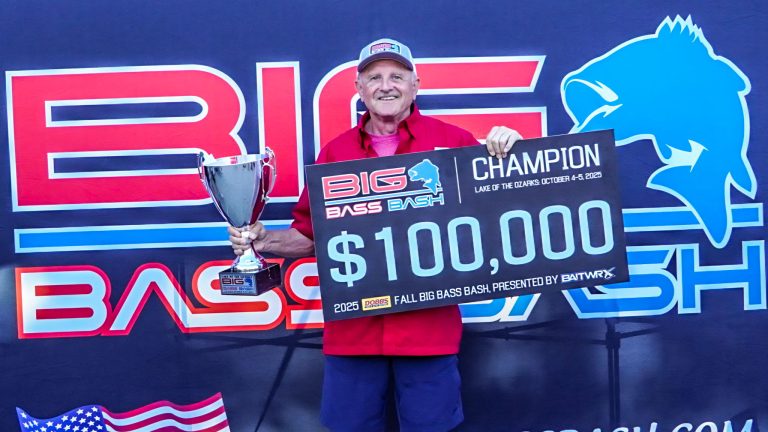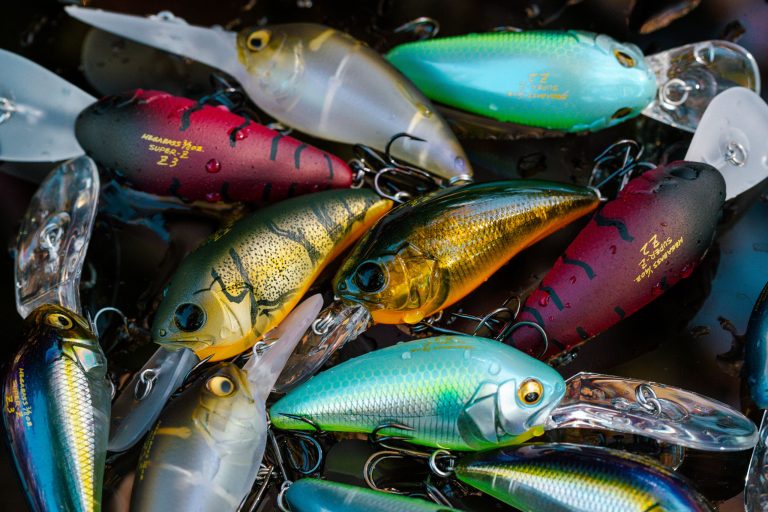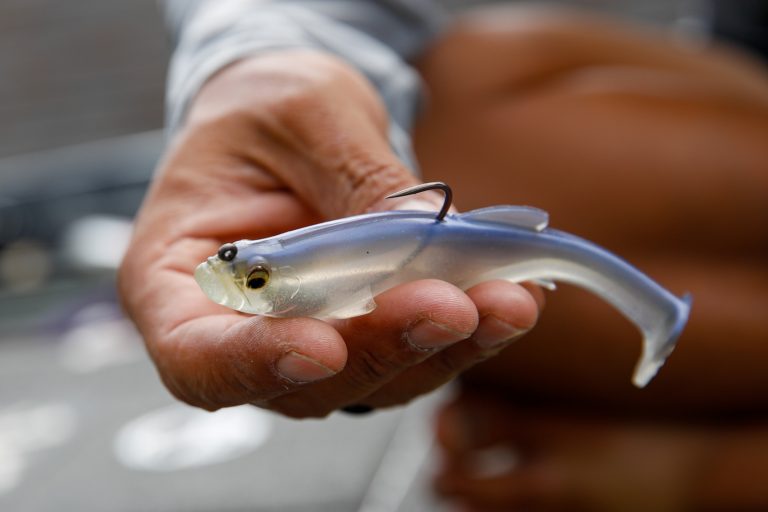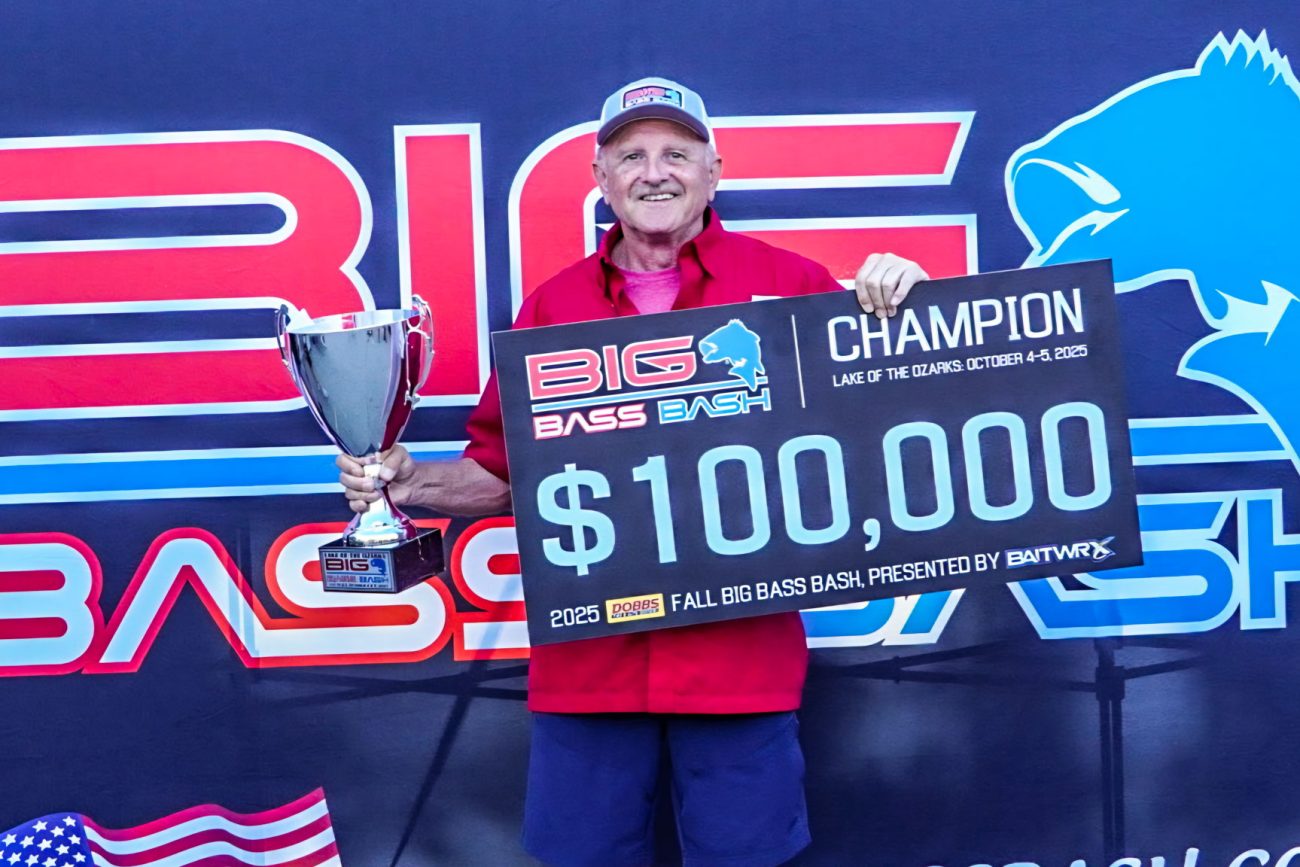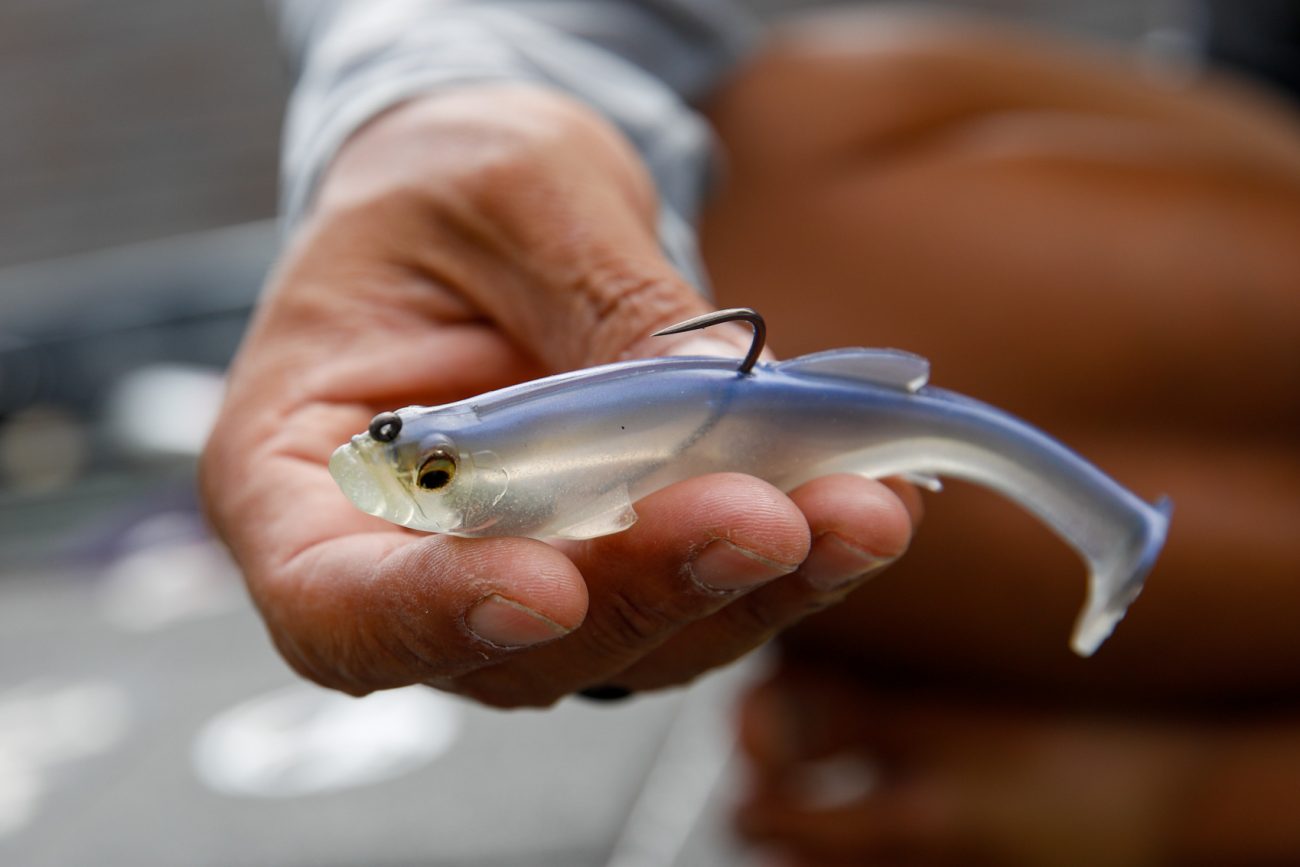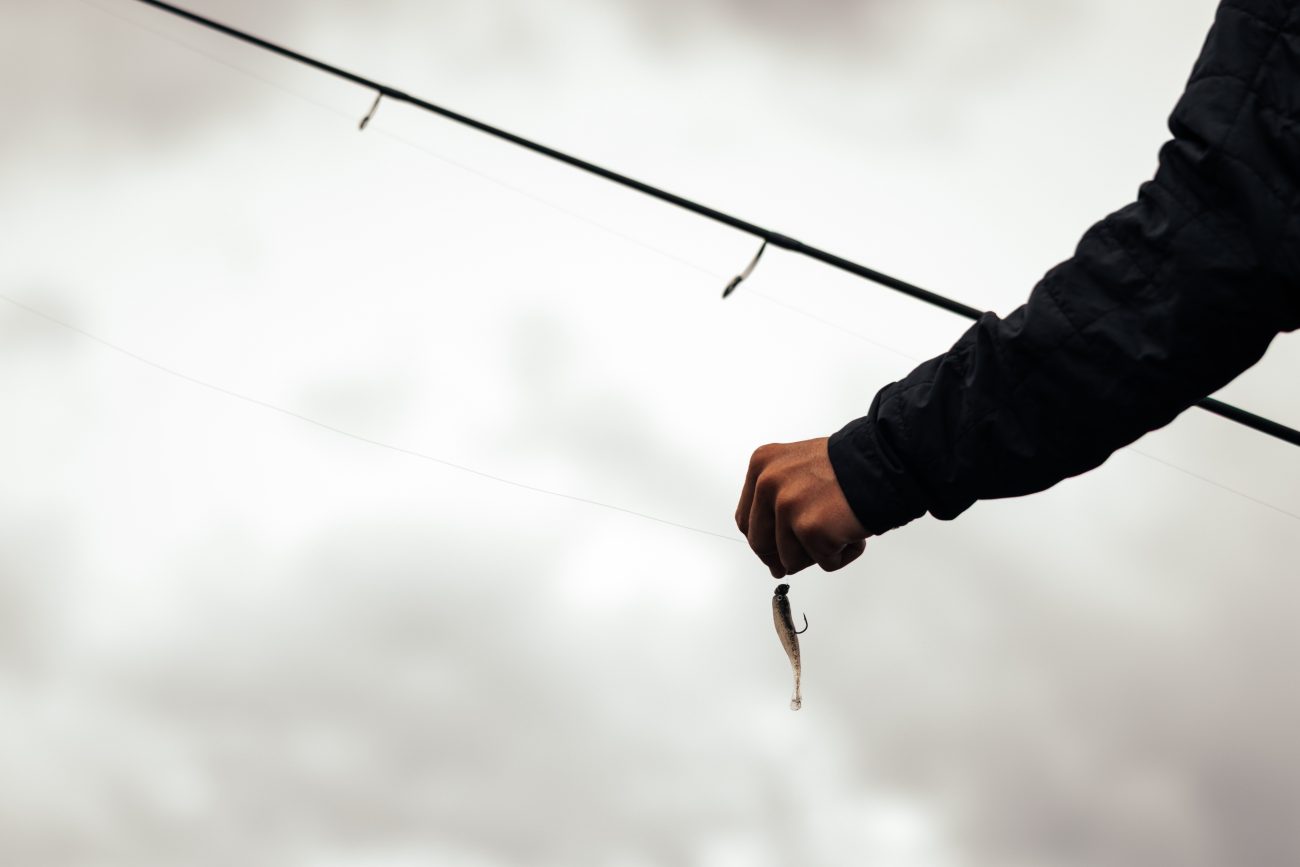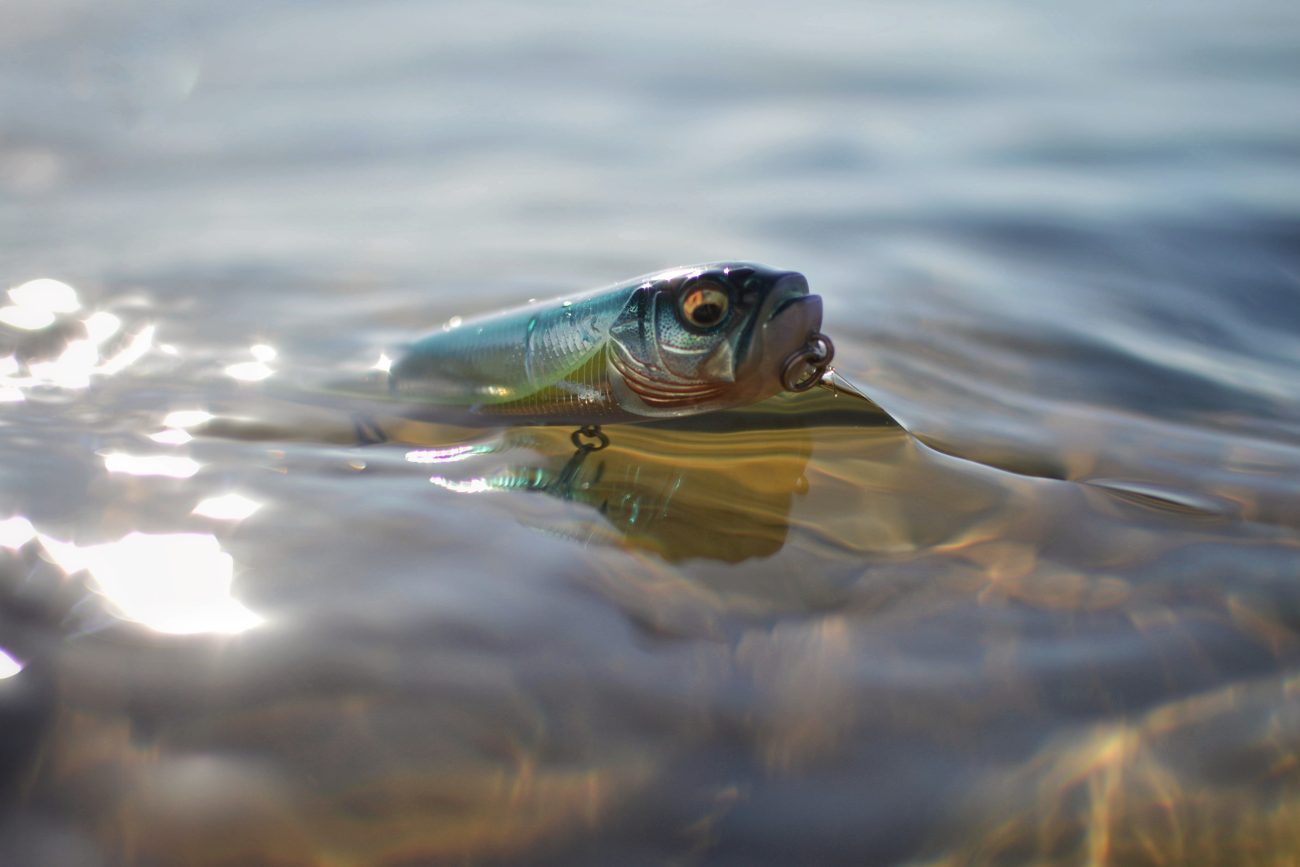When summer heat pushes bass into deep water, many anglers suddenly find themselves out of their element. The bite shifts offshore, and while deep diving crankbaits are the ticket for big summertime bags, fishing them effectively takes more than simply chucking and winding the same baits everyone else is using. If you want to put more fish in the boat—and in the livewell on tournament day—you’ve got to refine your approach and lean into the details that separate the pros from the pack.
Why Anglers Struggle with Deep Diving Crankbaits
Every summer, there’s no shortage of folks scanning lake maps, heading to prominent points, and firing off cast after cast with their favorite deep crankbait, only to be let down when weigh-in rolls around. According to three-time Bassmaster Classic qualifier Chris Zaldain, this blind approach is exactly why so many anglers miss the mark.
“A lot of people just go to a point that looks good on a map and start fan casting,” Zaldain explains. “I don’t cast unless I know one is there. With today’s down-imaging and two-dimensional sonar there’s no reason to ever go blind casting with a deep running crankbait.”
Instead of hoping for the best, Zaldain puts technology to work, making every cast count by first pinpointing where the bass are actually set up.
Pro Approach: Targeting Deep Bass with Technology
It starts in the driver’s seat. Before he ever grabs a rod, Zaldain idles over likely depth zones—15 to 20 feet on places like the TVA lakes—using modern sonar to spot baitfish, bass, or other activity. As soon as he marks fish on his electronics, he drops a waypoint, shuts down the big motor, and heads to the bow. The real trick? He casts not ahead of the boat, but right back into the boat’s own prop wash, ensuring his lure lands exactly where he just saw fish on his screen.
This targeted, deliberate method is what sets tournament anglers apart on heavily pressured water. Rather than randomly fan casting and hoping for a bite, they dial in precisely where bass are holding and maximize their chances with every cast.
Picking the Right Deep Diving Crankbait
While a lot of anglers stick with classic hard-rattling crankbaits, that approach doesn’t always fool pressured summertime bass. As the fish see more baits and become conditioned, subtlety often wins out. Luke Clausen, one of the few anglers to have won both the Bassmaster Classic and the Forrest Wood Cup, is a big believer in switching things up.
“They feel that movement on their lateral line,” Clausen says. “And speed still gets them to bite. Eventually, though, they get numb to that. They’re aware of it and just get out of the way instead of reacting.”
When the bite gets tough, Clausen recommends moving to a silent crankbait or working in a touch of finesse to your cranking game. His favorites are the Megabass Deep-Six and Deep-X 300, which he feels offer a more realistic look and a side-to-side swinging action instead of the standard digging motion. “They have a lot more realistic finishes than the others, and they have more of a sliding action versus a digging action. They offer a side to side swing instead of up and down. When fish are pressured or there’s not a lot of water color, that makes a difference.”
Where to Fish Deep Diving Crankbaits in Summer
Knowing where to cast is just as important as what you’re throwing. Clausen targets the first major drops outside of spawning creeks once the bass have finished spawning. He’s usually looking at those outside creek channel swings before the main river channel—areas that may be only 4 to 8 feet on top, but with shell beds, rock, or some kind of hard bottom nearby. These transition zones hold bait and active bass through the summer.
Covering water is crucial, so during the warm months, Clausen doesn’t slow roll his crankbait or stop and go. Instead, he keeps his retrieve steady and quick, making as many casts as possible. “This time of year I don’t stop it. I’d rather have more casts and take a ‘now or never’ approach. I want it to go by fast enough so that they have to eat it or it’s gone. Don’t slow it down. Grind it into the bottom because these lures will still run true when they go over the break.”
Fine-Tuning Gear and Tackle for Deep Cranking
When it comes to gear, both Zaldain and Clausen rely on a Megabass Orochi XX 7’11” Launcher rod, built specifically for deep diving crankbaits. The extra length means longer casts, more time in the strike zone, and the leverage needed to move big bass up from deep water. Long casts also help these baits reach their maximum running depth, especially important when you’re fishing ledges or offshore structure.
For line, Zaldain sticks with 12-pound Seaguar InvisX fluorocarbon for a balance of depth and abrasion resistance, while Clausen prefers 10-pound Gamma Edge to get his crankbait down even deeper. Both anglers take advantage of the weight-transfer systems in modern crankbaits, which help launch the lure farther and make it easier to hit the desired depth.
On occasion, Zaldain will switch out factory treble hooks for a larger 1/0 Trokar treble, squeezing out a little extra running depth and sometimes getting better hook penetration. As he points out, “They’re so balanced that even the slightest diameter or size change will give you an extra foot or foot and a half of depth.”
Dialing in the Best Colors and Patterns
Color choice can make or break your deep crankbait bite, especially when fish get a good look at your presentation in clear summer water. Both Zaldain and Clausen prefer Blue Back Chartreuse and Biwako See Through Chartreuse when there’s any stain in the water. When things get tough or the water’s clear, Zaldain likes GP Stain Reaction while Clausen leans on Threadfin Shad. Out west, Biwako Clear Gill is a sleeper pattern, offering translucent hues and high detail that fool even the wariest bass.
“With the high detail, and the awesome translucent colors, these are the solution to a problem that a lot of anglers run into this time of year,” Zaldain explains. Experiment with color and don’t hesitate to change up patterns when conditions shift.
Pro Tips for Hooking and Landing Deep Bass
Deep diving crankbaits come with two razor-sharp trebles, but that doesn’t mean every hooked fish is headed for the net. Zaldain emphasizes using a sweeping torso hookset, rather than a traditional snap set, to keep fish pinned. “You never want to set the hook like you do with a jig. It’s always a sweeping torso action. Keep your wrist locked up. As long as you keep your XX Launcher loaded, you’ll land them almost 100 percent of the time.”
Once hooked, Clausen doesn’t ease off the pressure—instead, he increases it to keep the fish’s head down. “I’ll reel faster,” he says. “When I see my line coming to the surface, I pull and wind faster. I want to get his face back in the water. Lots of people have that fear of jumping, and they’ll put the rod in the water. I think that has very limited effect, and may actually give the fish more opportunity to get off.”
Troubleshooting: When the Deep Crankbait Bite Gets Tough
Even when everything looks right, there are days when the deep diving crankbait bite just isn’t firing on all cylinders. The key isn’t to abandon your confidence bait, but to adapt. Swap from a rattling bait to a silent model, tweak your retrieve speed, try a different color, or change your casting angle. Sometimes a small change—like up-sizing your hooks or going to a more subtle finish—can turn stubborn followers into solid hookups.
Conclusion
Summertime offshore bass fishing is all about locating fish and making the most out of every cast. Deep diving crankbaits, when fished with intent and the right adjustments, can help you load the boat when others are coming up empty. Invest the time in understanding your electronics, dial in your gear, and be willing to experiment until you crack the code. When the bite gets tough, don’t give up—add a little finesse and keep grinding, because the next cast could be the one that fills your limit or lands your new personal best.

